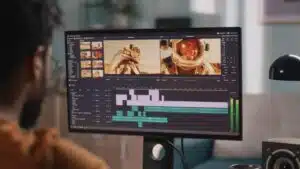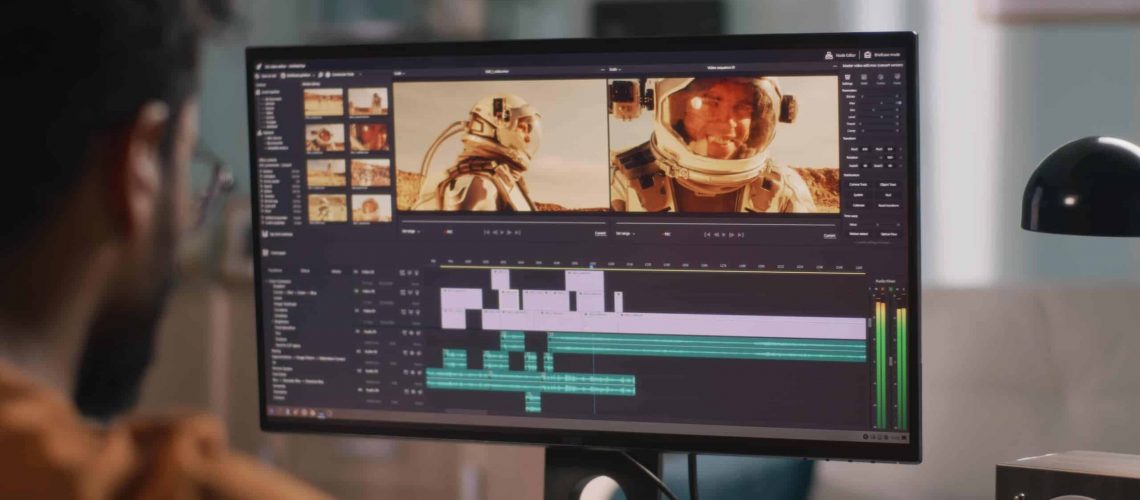
Video is one of the most powerful tools in today’s digital landscape. Whether you’re a business, educator, or content creator, it allows you to connect with audiences across the globe. But to truly resonate with international viewers, it takes more than compelling visuals—it requires thoughtful video translation.
Translating videos goes beyond converting spoken words; it ensures clarity, cultural relevance, and viewer engagement. At Languages in Motion (LiM), we’ve helped countless brands succeed in global video marketing. In this guide, we’re sharing seven essential factors for effective video translation to help you do the same.
-
Know Your Audience for Effective Video Translation
Every successful video translation begins with knowing who you’re speaking to. Research your audience’s language preferences, cultural nuances, and viewing habits. Do they prefer subtitling, dubbing, or voiceover? Are there cultural references that might need adjustment? Taking time to understand your target audience ensures your multilingual content is impactful and culturally appropriate.
-
Choosing the Best Media Translation Method: Subtitling, Dubbing, or Voiceover
Depending on your goals, budget, and audience, you can choose from several media translation techniques:
- Subtitling – Adding text overlays that translate spoken content.
- Dubbing – Replacing the original audio with a translated voice track.
- Voiceover – Recording a translated voice that plays over the original audio.
- On-screen Text Translation – Translating and adapting embedded text, graphics, and captions.
Each method has its strengths. At LiM, we help businesses choose the best approach for their content and market goals.
-
Use Localization and Content Adaptation for Cultural Relevance
Literal translations often fall short when it comes to humor, idioms, or culturally specific references. That’s where localization comes in. Our team of experts adapts content to the cultural context of each audience. From refining phrases to adjusting visuals, proper content adaptation ensures your message resonates across cultures.
-
Focus on Accuracy and Context in Video Translation Services
In video translation, accuracy is essential—but so is context. Direct translations can miss the emotional tone or specialized terms. Our translators are trained to preserve both meaning and intention, ensuring your message is clear in any language—whether it’s for marketing, education, or internal training.
-
Ensure Proper Subtitle and Voiceover Synchronization
Timing is crucial in subtitling, dubbing, and voiceover. Poor synchronization disrupts viewer engagement. At LiM, we use advanced tools and manual checks to sync audio and subtitles perfectly, creating a seamless viewing experience across all platforms.
-
Adjust Formatting for Multilingual Video Content
Languages vary in length and structure. For example, multilingual subtitles often require resizing or retiming. We optimize text position, subtitle size, and timing to maintain readability. For dubbing, we match translated scripts with lip movements to enhance authenticity and immersion.
-
Quality Control with Native Speakers for Global Video Marketing
Before releasing your multilingual video content, quality assurance is key. Our process includes:
- Verifying all subtitles, voiceovers, and dubbing for accuracy
- Ensuring perfect synchronization
- Testing with native speakers for natural flow
- Reviewing formatting and final presentation
This attention to detail ensures your global video marketing efforts reflect your brand’s professionalism and care.
Conclusion: Translation Services That Bring Your Videos to Life Globally
At LiM, we view video translation as both an art and a science—requiring linguistic skill, cultural knowledge, and technical precision. By following these seven essential steps, you can confidently engage international audiences and scale your reach through professional translation services. Whether you’re creating marketing, educational, or corporate content, our team is here to support your global journey.

